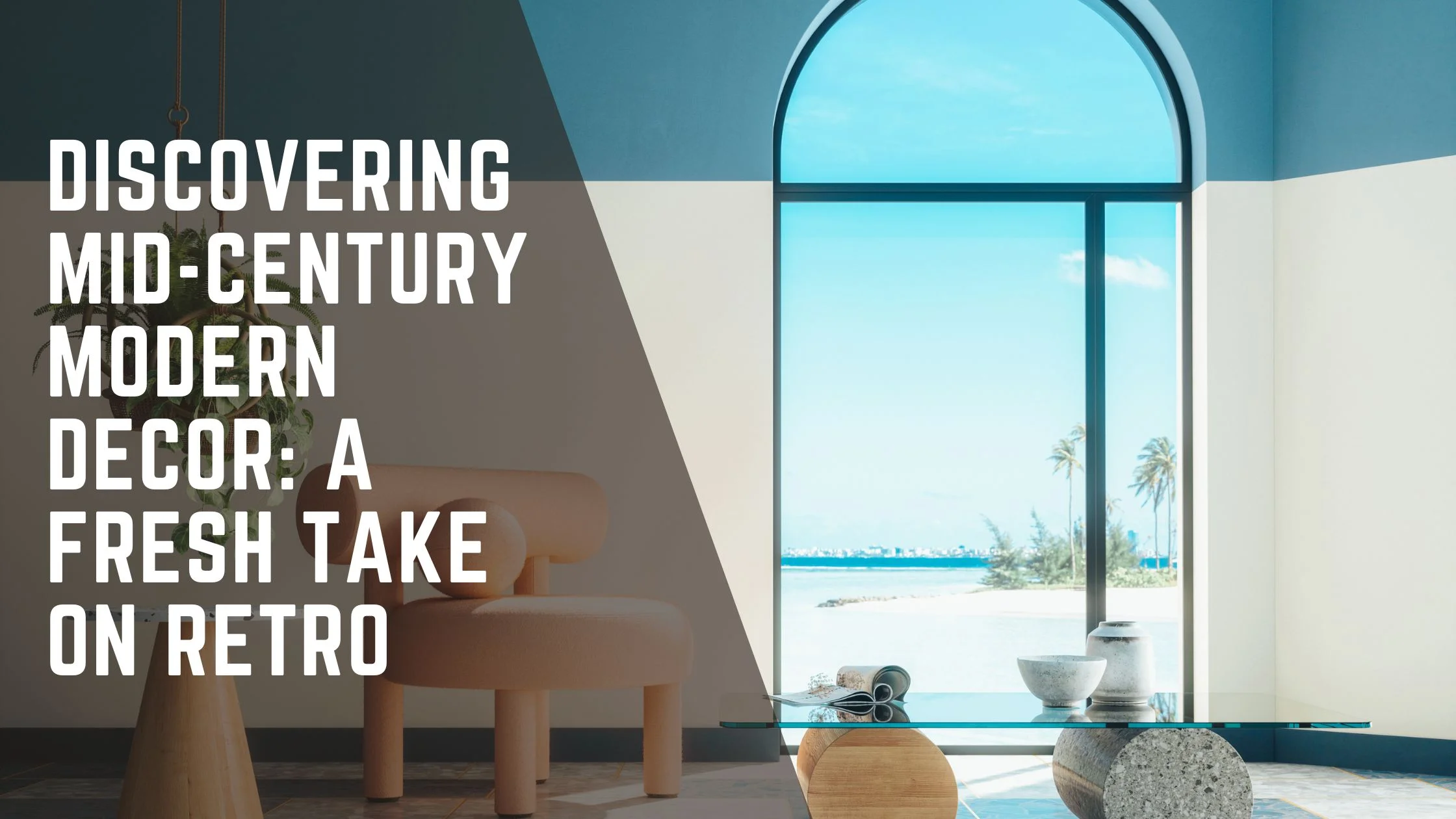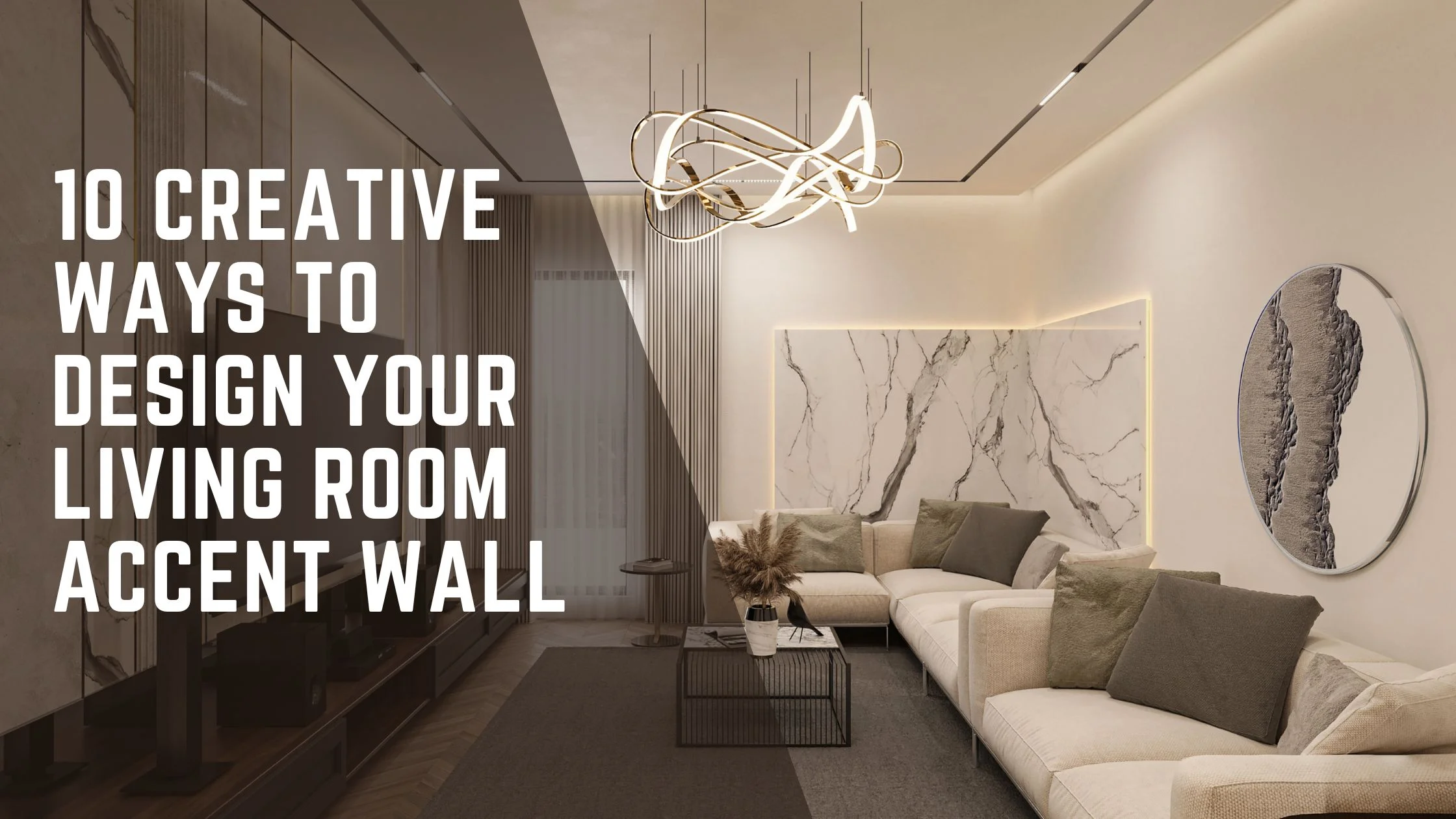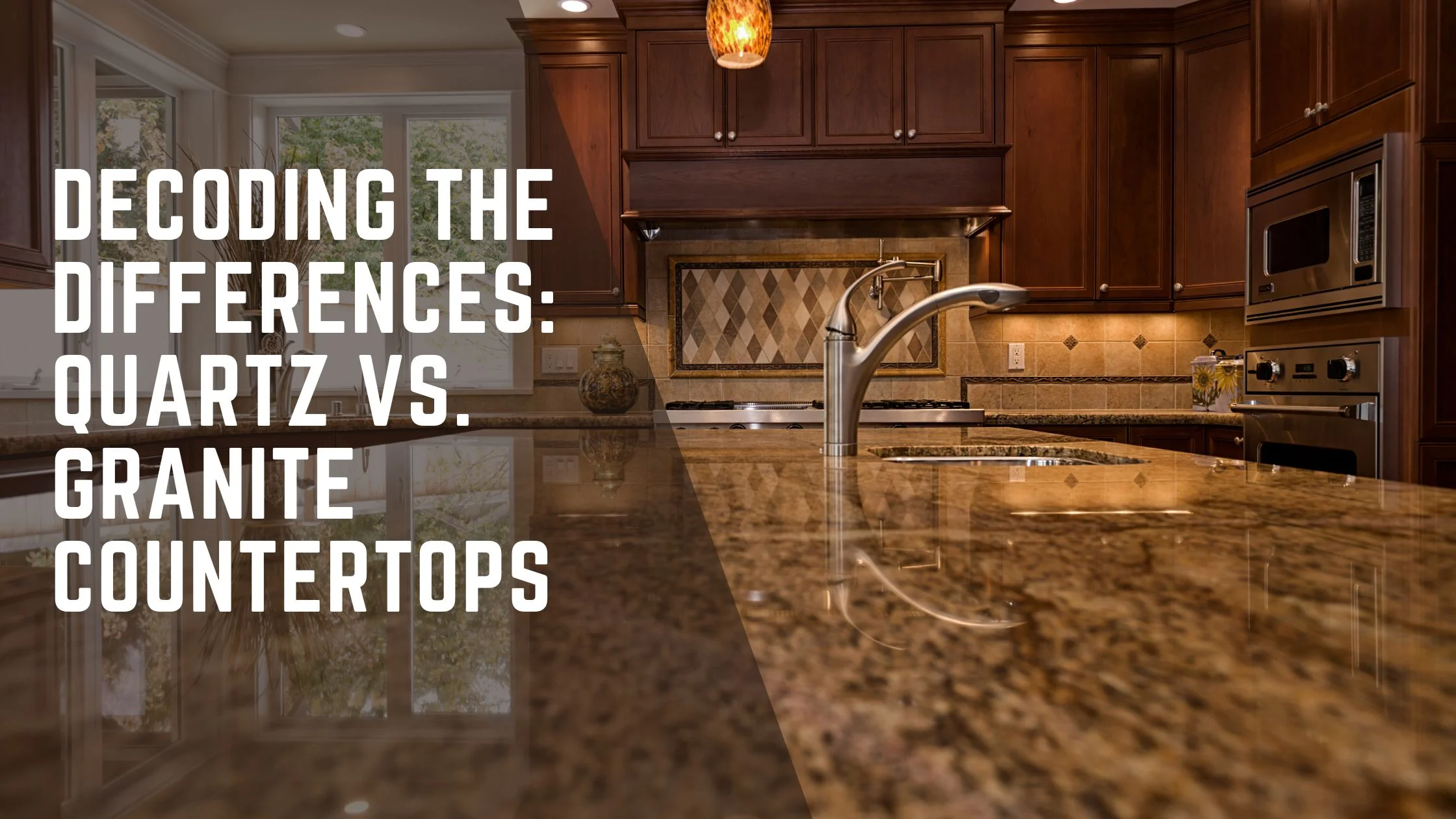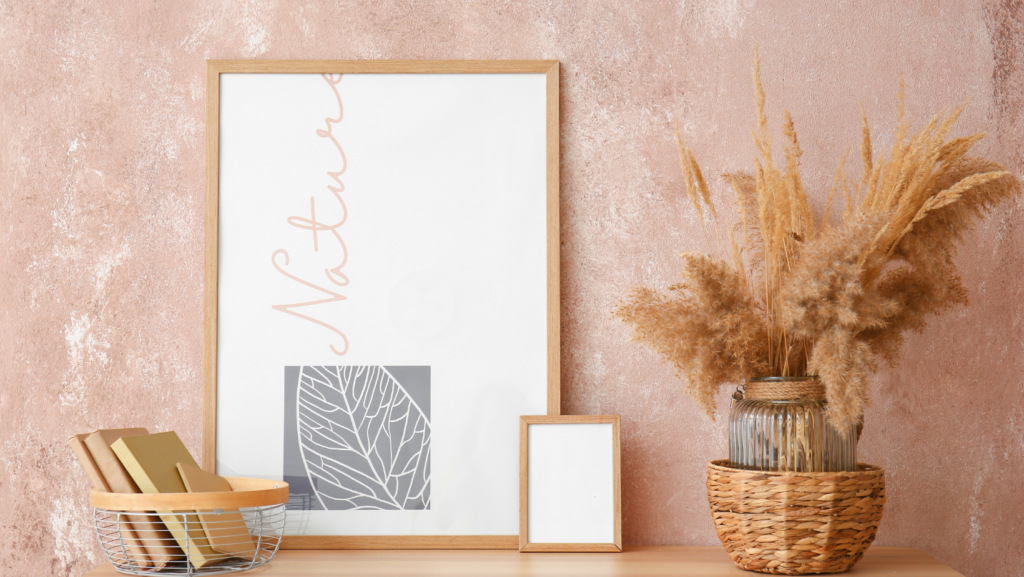
What do Japanese and Scandinavian designs have in common? A lot, as it turns out. Japandi style is a trend that combines the best of both worlds, giving you a beautiful, minimalist look with a touch of natural elements. If you’re looking to add some zen vibes to your home, read on for tips on how to create a Japandi-inspired space.
What Is Japandi Style?
Japandi is a minimalist home design style that achieves a harmonious balance between functionality and nature. This style is a relaxing mixture of Scandinavian and Japanese design as the name indicates, which is also known as Scandi-Japanese style, offering the best of both worlds. Could this be the perfect blend of two distinct aesthetics?
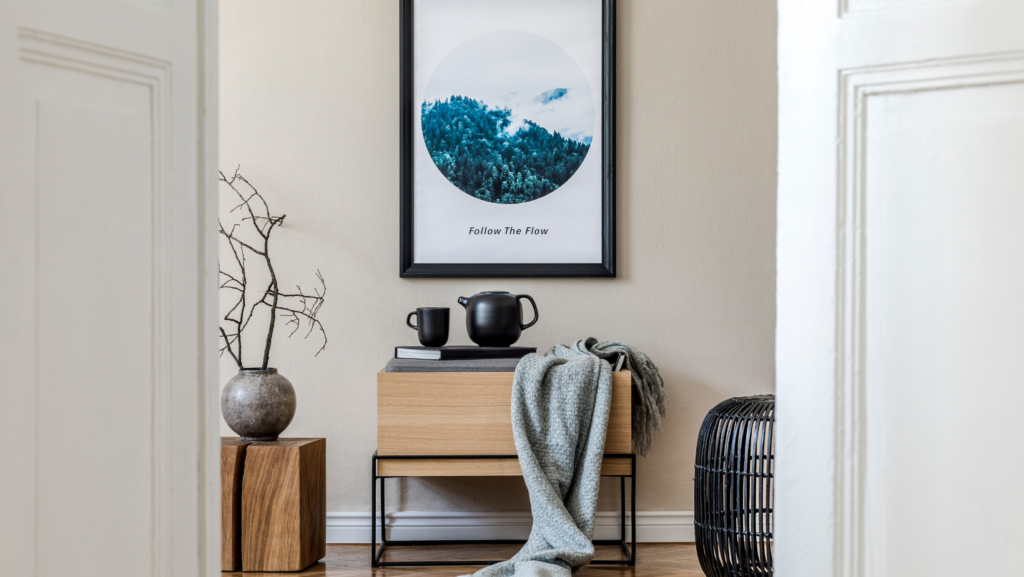
The japandi design concept is influenced by the ancient Japanese philosophy of wabi-sabi(1), which is a way of life that emphasizes comfort, serenity, and simplicity. It is also based on the Scandinavian design concept of hygge, which embraces contentment, coziness, and wellbeing.
Both of these philosophies can be found in Japan today; The Japandi style combines the clean, simple forms of modern Scandinavian style with the sophisticated simplicity and functionality of the Japanese aesthetic. Japandi style focuses on minimalism while also being warm and inviting, using neutral tones, a variety of textures and natural materials.
Where the two techniques diverge, the distinctions between them actually enhance each other’s effectiveness. The style’s deeper (but still neutral) tones help keep Scandinavian houses’ austere, crisp palettes from looking frigid.
Essentially, your house should be a place of refuge that makes you feel at ease the moment you enter through the door.
Japandi Fundamentals
- Clean lines.
- Practical minimal furniture.
- Tidy and organized space.
- Natural elements.
- Muted colors
- Functional accessories
- Natural light
For centuries, Japandi designs have been characterized by their emphasis on fine craftsmanship and attention to detail. Japandi furniture and accessories often include neutral color schemes as well as a variety of painting options. In most cases, soothing and soft palettes are used; when bolder colors are implemented, they are used purposefully and attractively.
Furthermore, Japandi styles promote the preservation of the environement; The use of natural materials and simple patterns makes it an excellent eco-friendly decorating style. Japandi’s growth in popularity is no surprise given the growing trend for eco-friendly design.
How Can I Japandi My House?
Keep a clean space
A Japandi-styled room requires a minimalist approach. Fortunately, you don’t have to sell everything to get a zen-inspired decor. Furniture with simple lines and little adornment is preferable to more extravagant designs. You can also remove obstructions from the floor to allow free movement.
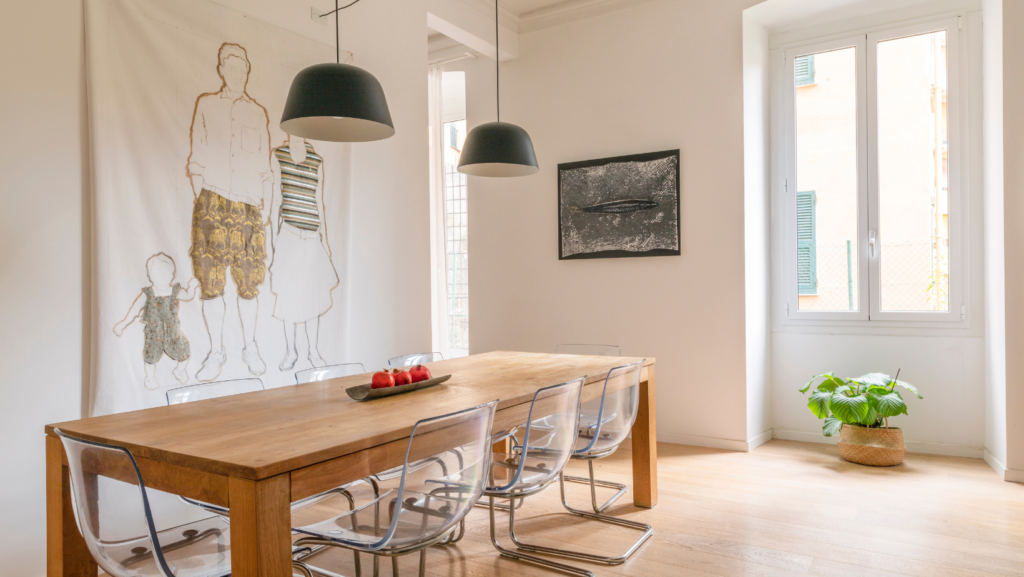
Embrace nature
Both Japanese and scandinavian designers value wood for its innate warmth. So strive to incorporate it into essential pieces of furniture in your home, such as wooden tables and wood paneled walls. You can’t go wrong with reclaimed wood as it adds character to your interior and fits the Japandi natural feel perfectly. For a more refreshing touch, you can also include clay potted houseplants.
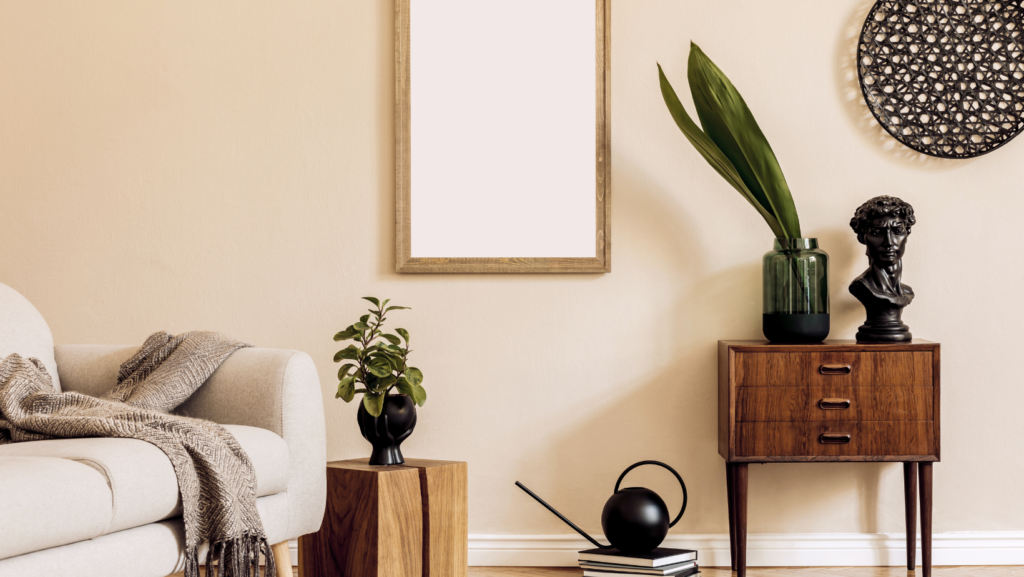
Use neutral tones
Scandi-inclined decorators will generally want a white or neutral-based color scheme paired with dark wood or leather. Others will go for a swath of vivid colors on the walls and in other decorative components to make their home stand out. Natural colors like blues, emeralds, plums, and browns can be used in both cases. Japandi interiors often include black as a dominant color since they focus on minimalism.
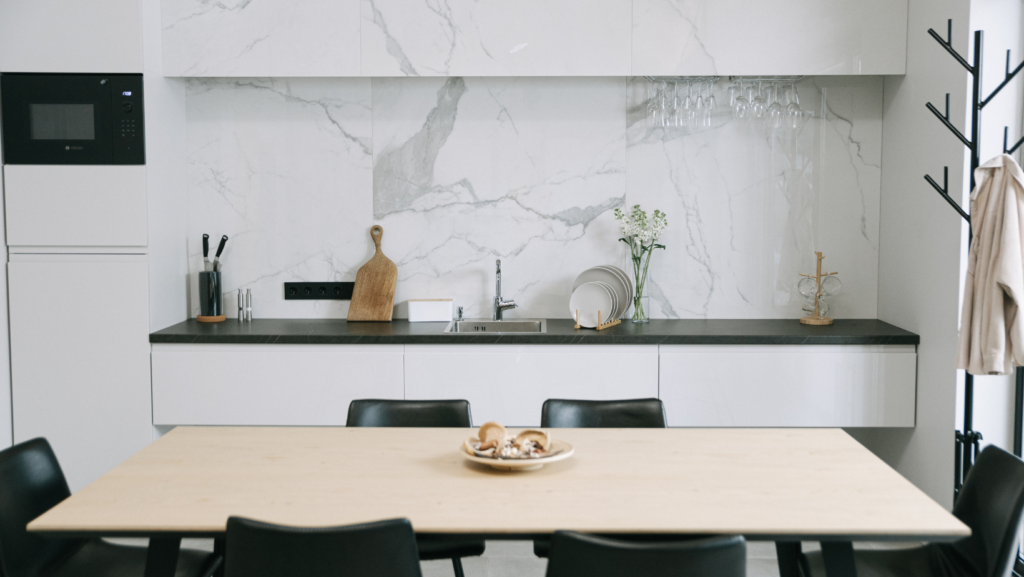
Employ natural lighting
Elegant and refined lighting is the perfect complement to a minimalist environment. Every piece of furniture should be chosen based on its utility and aesthetic appeal, and lighting is no different.
To create a peaceful ambiance, keep the lights dim in your rooms. Use industrial lighting to give a darker color scheme influenced by Japanese aesthetics a Scandinavian vibe. Or, for a more rustic feel, hang handcrafted, vintage pendants from the ceiling.
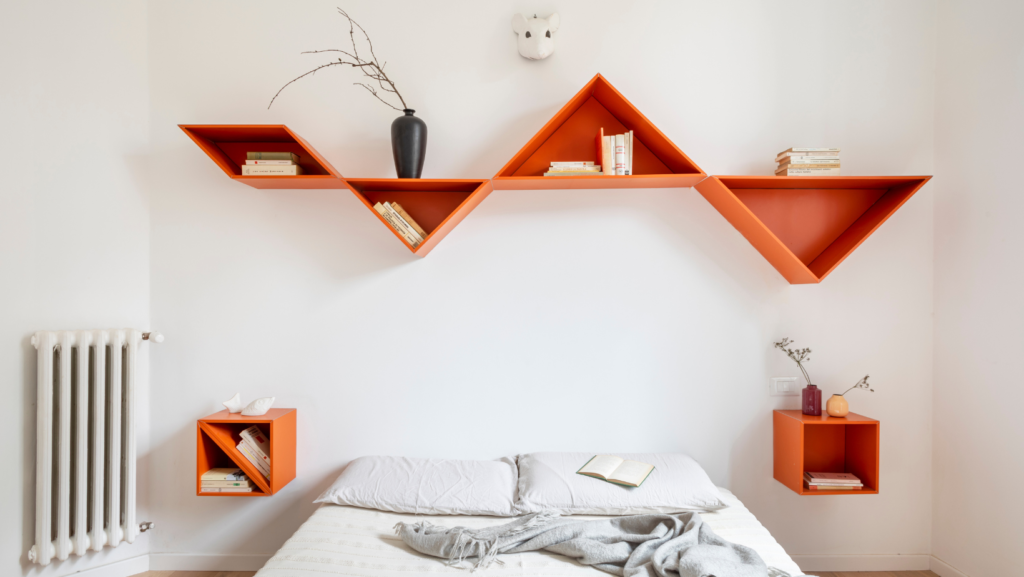
Don't forget to accessorize
The Japandi interior design concept incorporates both functionality and beauty in its style, creating a practical and aesthetically pleasing space in the process. Think unglazed ceramics, vases and a few books when putting this together. Choosing contrasting pillows and blankets is a great way to blend Scandi’s homey comforts with Japanese imperfection.
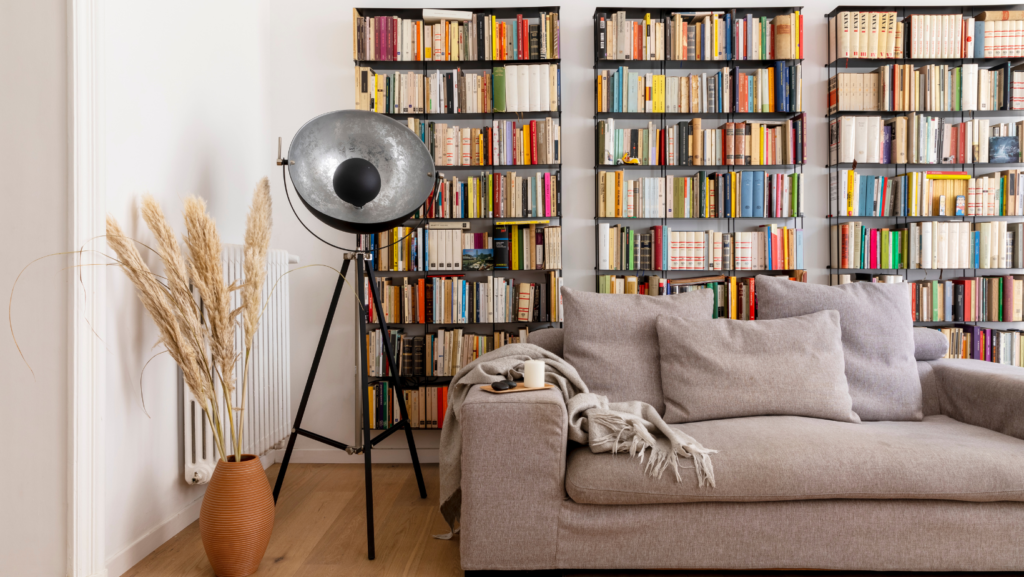
Japandi Furniture To Incorporate Into Your Home
Choose neutral textiles such as beige, white or subtle grey, as well as natural wood tones and simplistic shapes. Here are a few gorgeous items that match the Japandi aesthetic nicely:
Coffee tables
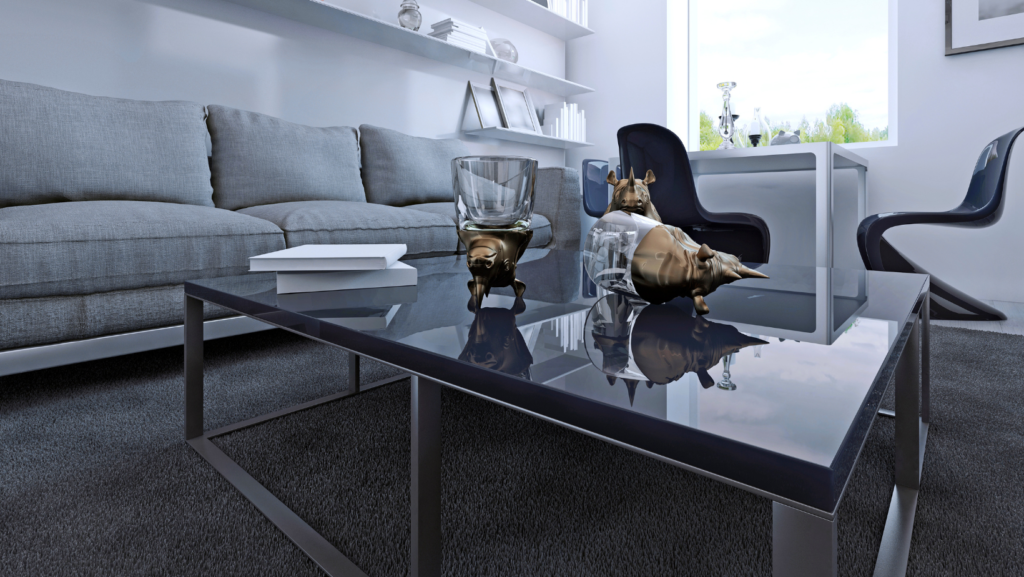
Japandi beds
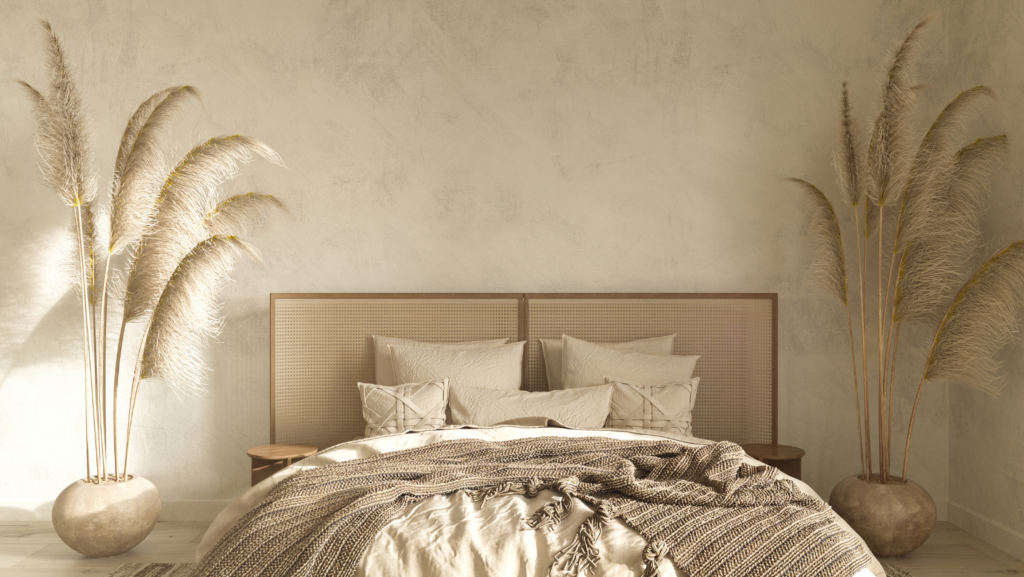
Japandi Couches
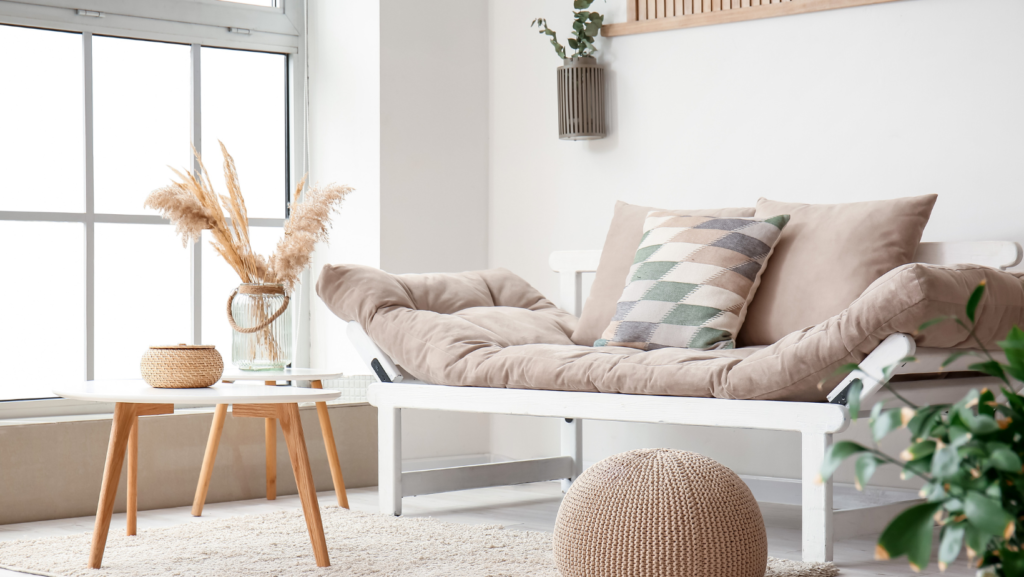
Japandi Chairs
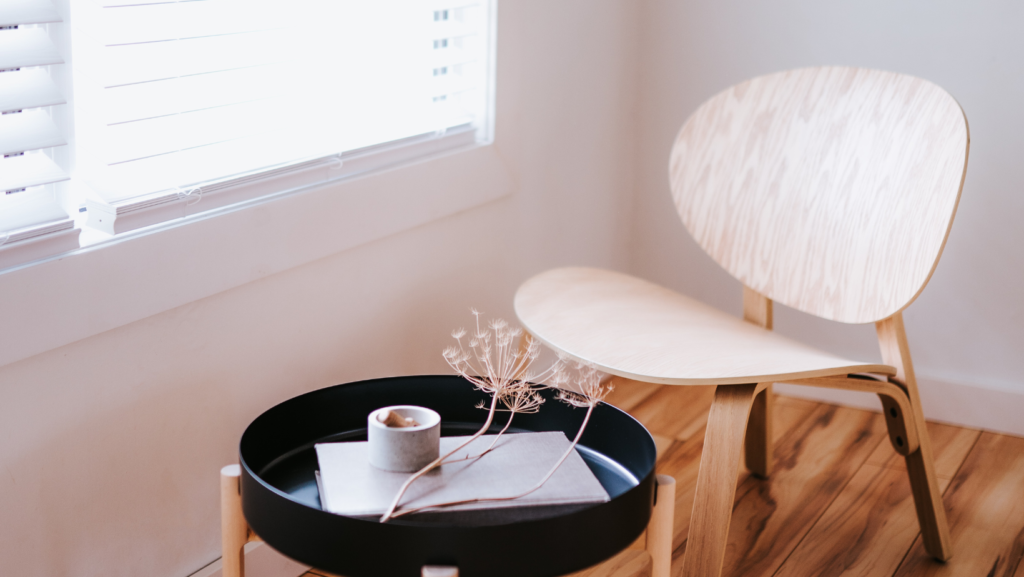
Japandi lighting
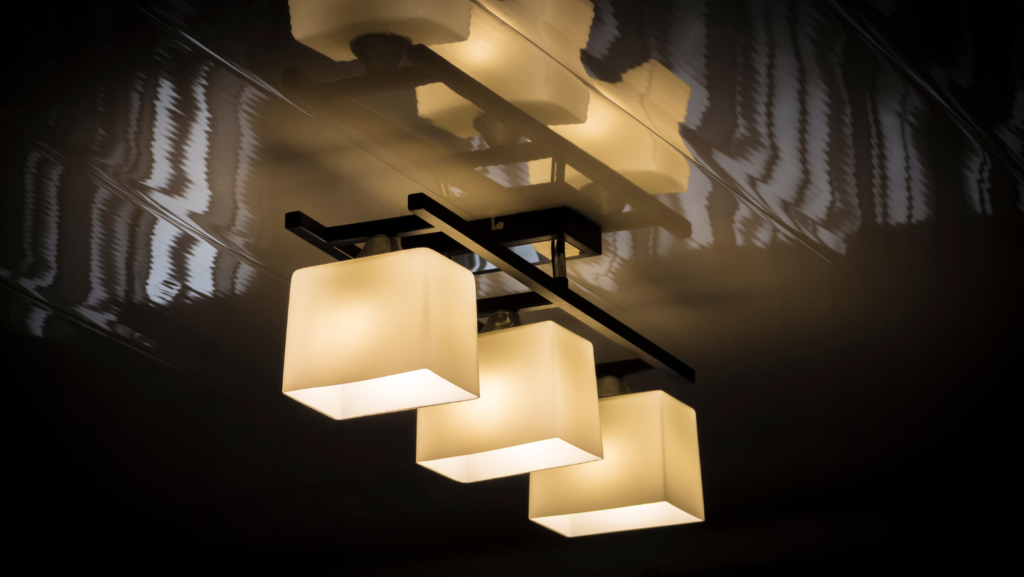
So, before starting a Japandi-inspired house renovation, it is essential that you get professional advice. Fortunately, we’ve got you covered on that front and more!
To have some wonderful additions to you home, we provide eco-friendly wood flooring and wall finishes, all available on our website. Do not hesitate to reach out to us if you have any questions or concerns.
- “What is Japandi?”, grahamandgreen.co.uk, www.grahamandgreen.co.uk/about/guru/japandi/#top





